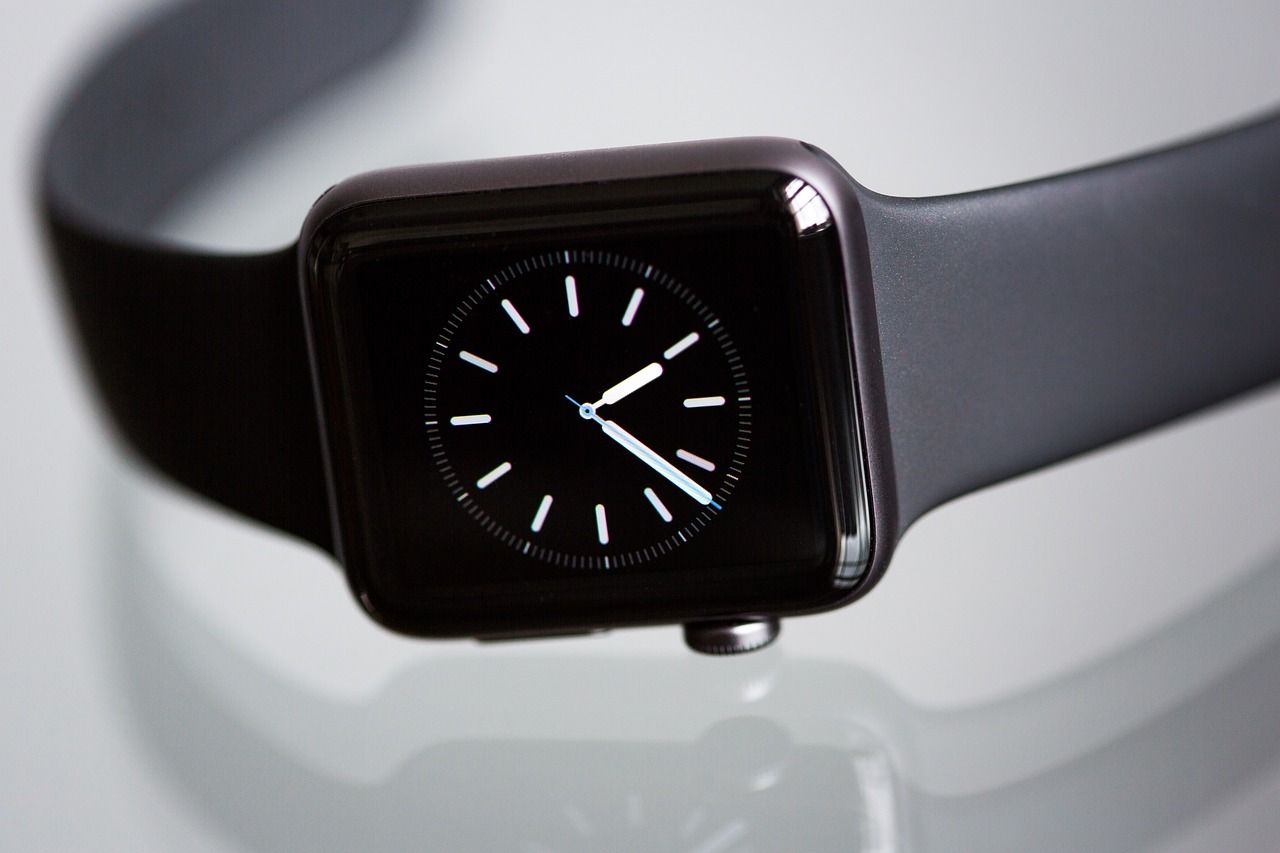KEY POINTS
The woman was feeling under the weather but thought it was because she didn’t eat enough
She was eventually diagnosed with saddle pulmonary embolism
Saddle PE is treatable, though it requires urgent medical attention
A woman from Cincinnati, Ohio, is crediting her Apple Watch for saving her life from what could have been a serious problem. The device alerted her about a dangerous blood clot in her lungs.
It all started when 29-year-old Kimmie Watkins took a nap because she wasn’t feeling quite well, reported Local 12. She was feeling rather dizzy, lightheaded and winded, though she thought it was simply because she hadn’t eaten much.
About an hour and a half into her nap, her Apple Watch notified her that her heart rate was too high, at 178 beats per minute “for too long.” Generally, a normal resting heart rate should range from 60 to 100 beats per minute. A heart rate of 178 beats per minute is comparable to the heart rate of an athlete at peak performance.
Watkins was diagnosed with saddle pulmonary embolism (PE) and a blood clotting disorder that she did not even know about.
Saddle pulmonary embolism is a type of acute pulmonary embolism (blockage in one of the arteries in the lungs) wherein a large blood clot “saddles” on the area where the main pulmonary artery branches off to the right and left lung.
Saddle PEs are said to be hard to recognize and can be quite dangerous. People diagnosed with the condition have a 50% chance of survival, cardiologist Richard Becker, of the University of Cincinnati, said, calling saddle PEs “the most severe and life threatening of all” as it may block blood flow to the lungs.
It is rare, comprising just 2 to 5% of all pulmonary embolisms, and can lead to “sudden hemodynamic collapse and death.”
Saddle PE is treatable, though it requires urgent medical attention. In Watkins’ case, she is on blood thinners and is working on regaining her stamina, reported Local 12.
“I’m very lucky and that, if my nap hadn’t ended, that my partner would have found me, maybe asleep on the couch, not actually sleeping instead of what did happen,” she told the outlet.
She hopes others will consider utilizing wearable technology like Apple Watch, which saved her life.
This is not the first time smart watch devices have ended up saving people’s lives.
In 2021, an Apple Watch alerted a woman of a high heart rate of 169 per minute even though she was not exercising. After visiting a hospital, she found out she had the dangerous “widowmaker heart attack,” which is said to have a high fatality rate. But thanks to the device, the woman’s life was saved.
Earlier this year, a woman in Australia avoided having a stroke when her FitBit device revealed she had a high resting heart rate of 145 beats per minute. She initially thought the device was malfunctioning and ignored it, but it kept showing a high heart rate even several hours later.
When she finally went to the emergency room at the prodding of her son, who happened to be a doctor, she was diagnosed with an atrial flutter. The condition could have led to a stroke if left untreated. The first 48 hours are said to be critical for cases like these, but the woman’s health problem was diagnosed within 12 hours.
Check out the best Apple Watch Bands for working out.
StockSnap/ Pixabay
2023-07-09 02:00:04
Article from www.ibtimes.com
